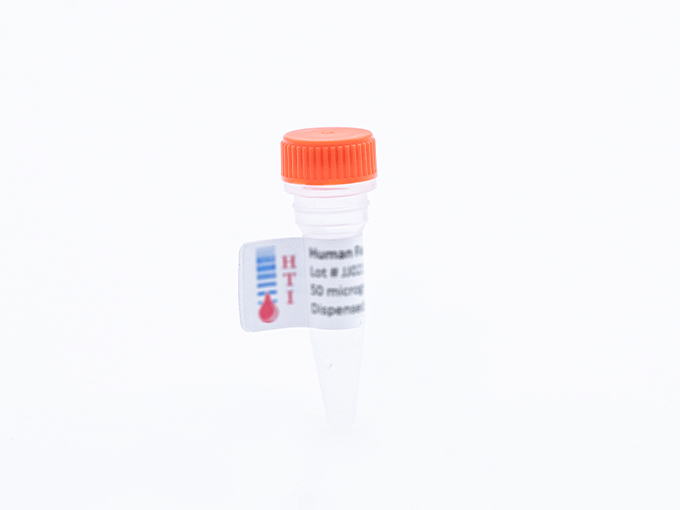Description
Von Willebrand factor (vWF) is a multimeric plasma glycoprotein that is required for normal hemostatic platelet plug formation (1-8). The mature plasma protein is composed of apparently identical subunits (Mr = 260,000) which are held together by disulfide bonds. The circulating vWF molecule ranges in size from dimers (Mr = 520,000) to extremely large multimers (Mr > 10,000,000). During normal hemostasis, the larger multimers of vWF are responsible for facilitating platelet plug formation by forming a bridge between platelet glycoprotein IB and exposed collagen in the subendothelium (9-14). Either a lack of vWF protein or the presence of abnormalities which result in decreased polymerization may cause a loss of biological activity which is characteristic of von Willebrand’s disease. In addition to its role in platelet plug formation, vWF is also responsible for the binding and transport of factor VIII (antihemophilic factor) in plasma (15). It appears that this latter event is responsible for both the stability and effective delivery of functional factor VIII. Studies indicate that factor VIII binds to the NH2-terminal portion of the mature vWF subunit with a stoichiometry of one factor VIII molecule per vWF monomer (16,17). The single chain vWF monomer contains a large number of cysteine residues at both the NH2terminal and COOH-terminal ends, which are involved in the multimer formation. Carbohydrate analyses indicate that nearly 15% of the mass of vWF is contributed by carbohydrate (18). It appears that the carbohydrate serves to protect vWF from proteolysis, but is not necessary for functional activity or multimer formation. vWF is prepared from citrated human plasma using a combination of the procedures described by Thorell (19), and Lollar (20). A factor VIII free vWF preparation, further purified to ensure removal of factor VIII procoagulant activity, is also available. The preparations are >95% pure as judged by SDS-PAGE under reducing conditions, and consist of large multimers as determined by electrophoresis in SDS/agarose gels. The protein is shipped frozen in 0.025M sodium citrate, 0.1M glycine, 0.1M NaCl, pH 6.8, for storage at -70°C.
SUPPLIER:
Prolytix
STATUS:
In Stock
SIZE:
100 µg
-

